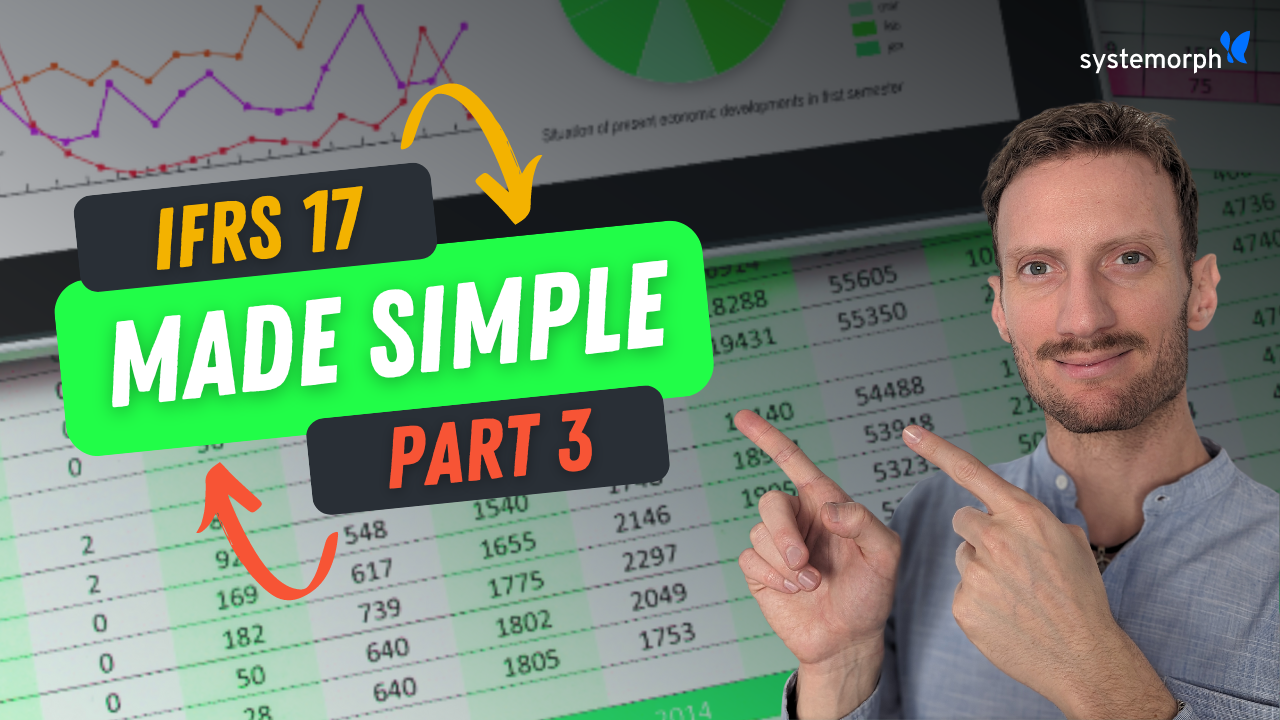#BetterTogether
Notebooks
New interactive, collaborative media type. Specify your business rules interactively. Use notebooks to program and to run ad-hoc analyses.
Community
We actively build a community around the product. Contribute yourself to the development of the technology, providing examples and showcases.
Collaborate
Due to the intuitive user interface, the entire organization gets involved in data-centric processes, from the submission to C-Level reporting.
Check out our VLOG
Empowering Swiss Re with an innovative IFRS17 solution to support its clients in evaluating reinsurance transactions.
Claudio Tröhler, Transactional Executive P&C Structured Solutions at Swiss Re, unveils the groundbreaking PAA Calculator, a precision tool custom-built by our team.
Sensitivity Analysis: operations and techniques
The new IFRS17 standard imposes the insurance industry to disclose different results for each approved scenario, which enables shareholders and analysts to compare sensitivities of different insurers.
Profit and loss statement with the Systemorph IFRS17 report
In this episode of #Techucation, we investigate how to read this information in the Systemorph IFRS17 standard solution and will cover how granularity and degree of aggregation can easily be varied.
#Techucation for IFRS17: Sensitivity Analysis and Financial Modeling
In this episode, we show how would the current closing look like if at the closing date the sensitivity would have occurred and inputs had been different by the specified amount.
#Techucation for IFRS17: Can you differentiate between a loss-making and a profitable business?
In this episode we explain how the future margin is allocated among Contractual Service Margin and Loss Component as prescribed by the regulators under the new IFRS17 standard. We show simple examples to help you understand the basis of business performance analysis.
#Techucation: The Systemorph IFRS17 Template Explained
In this episode, discover how the Systemorph standard solution can aid you with IFRS17 disclosure processes from data collection to reporting.
IFRS17: How to read the full set of financial reports – Part 3
In the third of this three-part episode, we conclude with the contractual service margin and loss component reports, and lastly the disclosed financial performance both at the group level or for each unit of account.
IFRS17: How to read the full set of financial reports – Part 2
In the second of this three-part episode, we present written, advance and overdue actuals and the actuarial experience adjustment – the difference between effective and expected cash flows.
IFRS17: How to read the full set of financial reports – Part 1
In the first of this three-part episode, study the Best Estimates and Risk Adjustments of Present Values displayed in the Reports notebook and calculated from the template data shipped with the IFRS17 Project available in the Systemorph Cloud Portal.
IFRS17 Template: Get started
In this episode, we walk you through the Systemorph IFRS17 Template Project which includes a complete example of input data for many annual reporting periods and uses our Calculation Engine for producing and reporting results.
Companies using Systemorph technology












